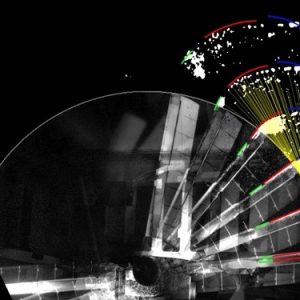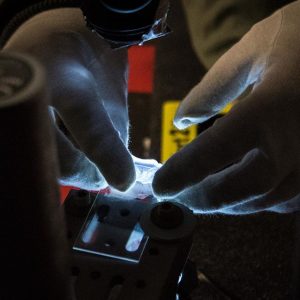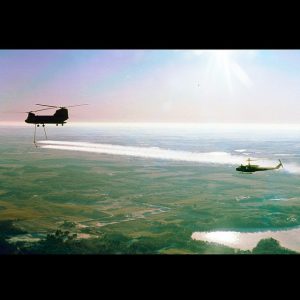Rotorcraft Icing
NASA has been performing computational and experimental efforts to look at the unique requirements of rotorcraft when exposed to icing conditions in flight.
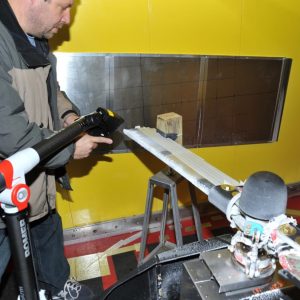
As part of the research portfolio in icing, NASA has investigated various aspects of rotorcraft icing over the years. Rotorcraft can be more susceptible to the adverse effects of icing than large commercial transport aircraft. For example, they usually cannot gain enough altitude to fly above weather and exit hazardous conditions easily, helicopter operations often require remaining in an area for long periods of time, and there is potential for severe vibration or damage due to ice shedding. Recent work has broadened the area of rotorcraft icing from a traditional view of helicopters to future vertical lift vehicles such as small, unmanned aircraft systems (UAS) with rotating blades to larger vehicles that have tiltrotors. These activities have been conducted internal to NASA and through collaboration efforts with industry, academia, and other government agencies.
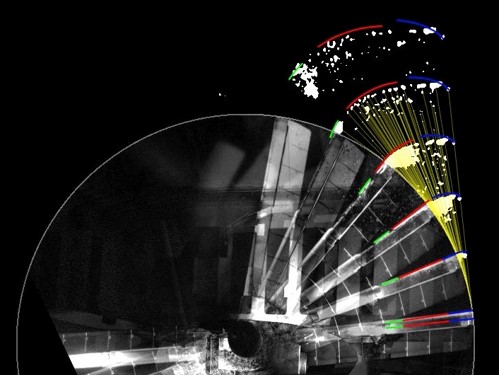
The rotorcraft icing research work is conducted as part of the mission of NASA’s Advanced Air Vehicle Program’s (AAVP) Revolutionary Vertical Lift Technology (RVLT) Project. The goal of the RVLT Project is to develop and validate tools, technologies and concepts to overcome key barriers for vertical lift vehicles including safety of flight. NASA’s vision for vertical lift vehicles is to capitalize and improve unique vertical capabilities to greatly benefit the Nation’s growing civil flight requirements.
View more information about the Advanced Air Vehicle Program.

